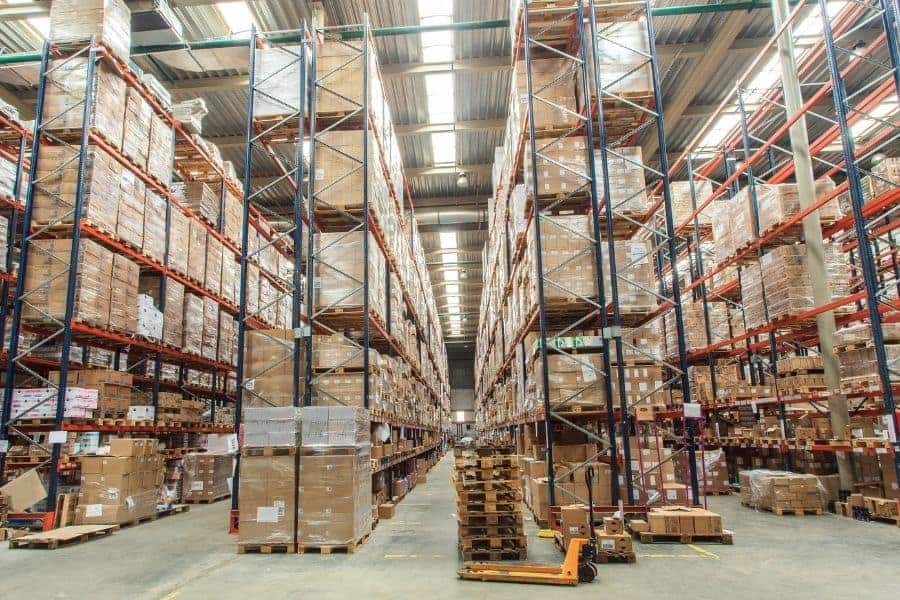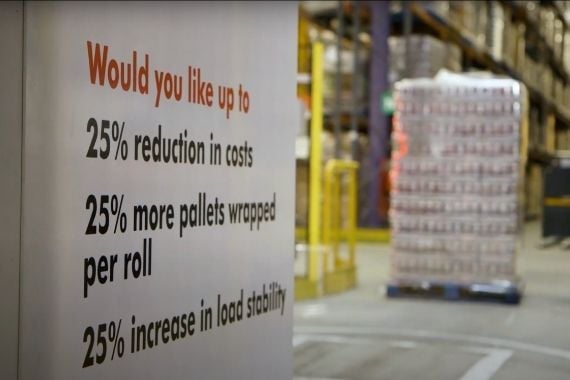Like everything in life, stretch film has an element of personal preference attached to it. Some people like it to be super sticky, and some people prefer it to be not so sticky. In this article, we will try our best to explain what causes the different characteristics, both on purpose and by accident, so you can request the best film to match your personal preferences.
MY STRETCH FILM ISN’T STICKY ENOUGH
This can happen for a number of reasons:
REASON 1
The first reason your stretch film isn’t sticky enough could be down to issues during the manufacturing process. Film characteristics could be compromised through the dosing of raw material, faults with the extruder, or extreme temperature changes during production or immediately after.
REASON 2
Another reason why your stretch film isn’t sticky enough could be that you’ve ended up with a stretch film from a different manufacturer than normal. Without you knowing, the wholesaler or convertor you buy from could change their supplier for any number of reasons, like cost or supply chain issues, meaning you end up with a film that isn’t as sticky.
STRETCH FILM MANUFACTURING PROCESSES
The first step to understanding the different types of stretch film and your personal preference is to understand the manufacturing processes.
In order to understand the different types of stretch film and find which is best for you, you first need to understand the manufacturing processes.
There are two types of stretch film manufacturing processes:
1) Blown Stretch Film Extrusion
2) Cast Stretch Film Extrusion
Each extrusion method produces films with a different feel and performance characteristics. We won´t go too deep in this article; however, you can click on the blue text above if you want to read the articles that explore these processes in more detail.
Historically, and as a generalisation, we would say that blown film is much stickier, noisier as it comes off the roll and more puncture resistant. These films were considered premium and a little more expensive.
Again, as a generalisation, cast films were considered less sticky, less noisy, and less puncture resistant. These films are considered lower quality and lower-cost option.
With modern manufacturing taking huge leaps forwards in the past 5-10 years, the performance gap has been significantly closed. However, you should still consider the above as a guide to help you choose. Films that are sticky, noisy and strong command a higher price; films that are less sticky, silent, and not as strong will be cheaper.
MY STRETCH FILM IS TOO STICKY (OR TOO NOISY)
As we have seen above, blown stretch films can be very sticky. Where this might give you optimal stick on a load, the compromise is often increased noise whilst wrapping and limitations to how thin you can go with the film.
Very thin films with a lot of sticking power can cause issues when wrapping. For instance, you could be walking around a pallet as usual when the film starts to unwind unevenly.
The operator has to stop what they are doing, unwind the uneven section and start wrapping once more, only for the same thing to occur again. This drives us crazy!
Blown films unwind with a lot of friction. This friction not only causes thinner films to split, but it also manifests itself as noise, noise that the operator and their colleagues can hear. For some, this noise is unwanted; for others, it is completely unacceptable.
You can reduce the noise created by switching to a film described above.
SO, WHAT IS THE BEST FILM FOR ME?
It depends on your personal preferences. At Packaging Innovations, we understand the subtle differences between stretch films. In a consultative way, we can demonstrate the pros and cons to help you choose the best film for your operation - without prejudice.
If you are looking for a new stretch film provider, make sure to get in touch with our expert team.







